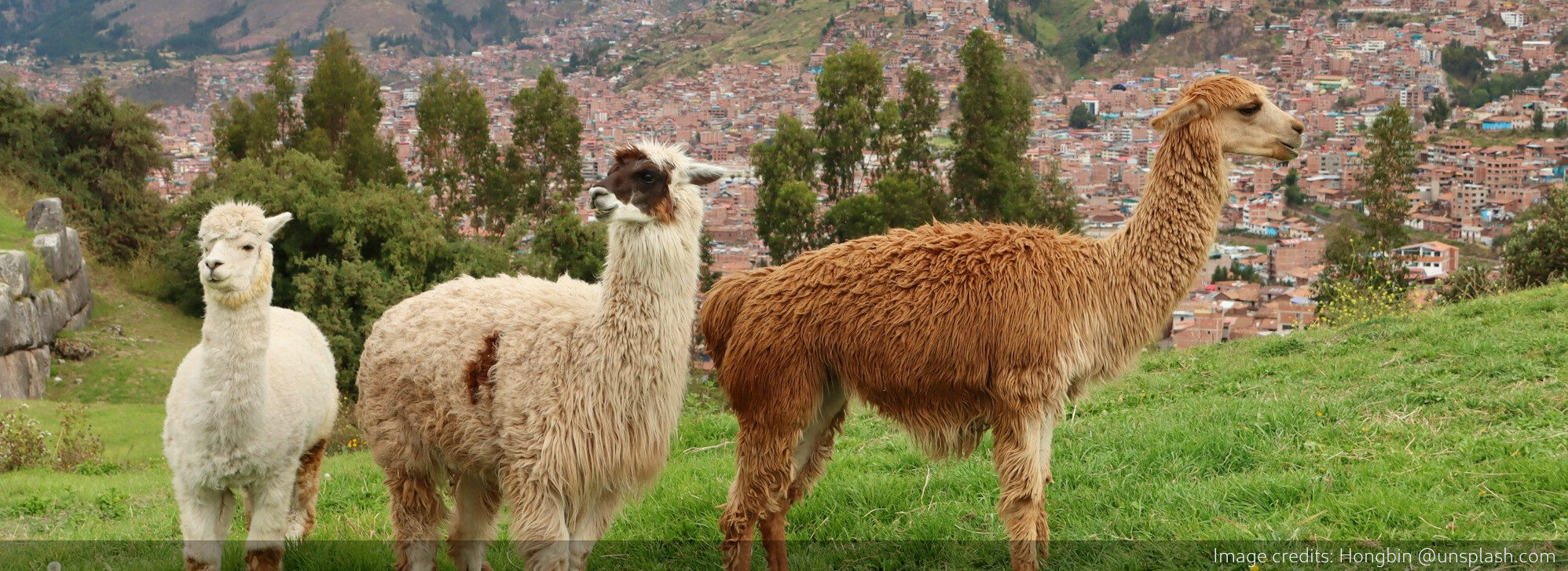Mora-Marín, D. F. (2008). Full phonetic complementation, semantic classifiers, and semantic determinatives in ancient Mayan hieroglyphic writing. Ancient Mesoamerica, 19(2), 195–213. https://doi.org/10.1017/S0956536108000345
Venue: S28, 7GS (as usual)

